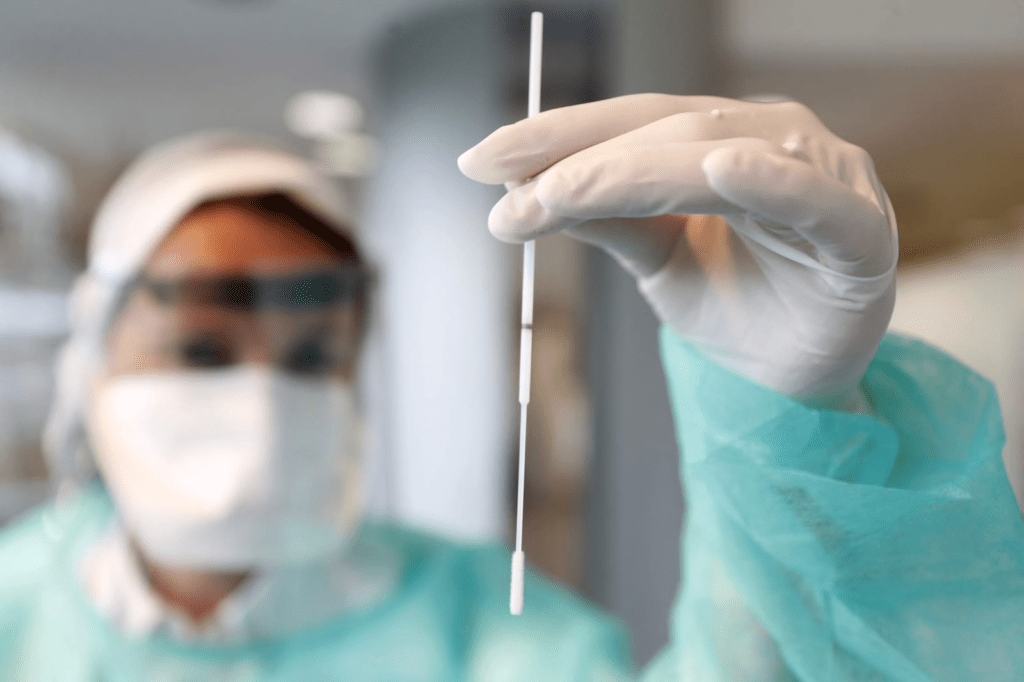
Throughout the course of this pandemic, a great deal of attention has been paid to testing. Most of us think of testing as a single person driving through a tented testing site and waiting a few days for their swabbed results to be returned to them. Pooled testing is no different from the tested person’s standpoint: you still have a swab test just as if you were being individually tested, but the difference is in how the lab processes the collected tests and how the results are reported.
In pooled testing, biological samples from several people are mixed together prior to analysis. If the pool is negative, a large group of people can be deemed to be negative. The advantages to doing so are several:
- Performing a single pooled test can quickly and efficiently check a large sample of people for presence of COVID.
- The cost of a pooled test that includes many people is substantially less than the costs of individual tests for the same number of people.
- Capacity of testing increases tremendously, permitting high numbers of people to be tested frequently with much less strain on the laboratory systems.
There are several caveats to be aware of, however, that make pooled testing slightly less than perfect. When pooled testing yields a positive test, it is impossible to know which pooled specimen is positive, so they must be retested individually. This is fine if a positive test appears only infrequently of if the pool is small. Pooled testing is best used in populations where positive tests are not expected: think colleges rather than nursing homes; communities who have not seen an outbreak versus an area with a lot of COVID hospitalizations.
Strategies such as split testing can help with the work of retesting positive results. If a pooled test shows a positive, the pool samples are split in two groups and retested. If one of the splits is positive, that sample is split again and retested while the negative split is cleared. Rinse and repeat as necessary. This reduces the amount of retesting necessary and eliminates fairly large groups of negatives.
There is also the issue of false negatives, which are slightly higher in pooled tests than in individual tests due to the diluted samples in a pool. Analyzing the pooled sample more than once appears to reduce this risk, but even single tests have false negatives.
Pooled testing is an effective, efficient strategy in communities where COVID-19 is not prevalent and early detection is desired. It safes time, money, and leads to earlier control through contact tracing and quarantine. Every day people with COVID are undetected and mix with their immediate population, the risk of uncontrollable spread rises exponentially. Several of the countries who have had the most success in managing their pandemic outbreaks have relied on pooled testing and research from Israel has shown that pools of 32 samples can detect a single positive sample (with a 10% false negative rate). Greater samples, up to 64, can be detected as well but require a technique called amplification samples. The US should be leveraging the pooled methodology immediately in areas where it is applicable to improve our capacity for testing and increase the speed of detection in the community. And once there are detected positives, using a remote patient monitoring solution to track progress of those who are positive will further help extend thinning healthcare resources.

Recent Comments